Medications for specific symptoms and populations
This category covers the evidence on pharmaceutical treatments for specific symptoms and patient groups with bipolar disorder. These include treatments for people with bipolar II disorder, people with suicidal behaviours, those with substance use problems, and for children and pregnant women. Click on the tabs below to access the information, or browse from the drop-down menu on the left.
Image: ©Pio Si – stock.adobe.com
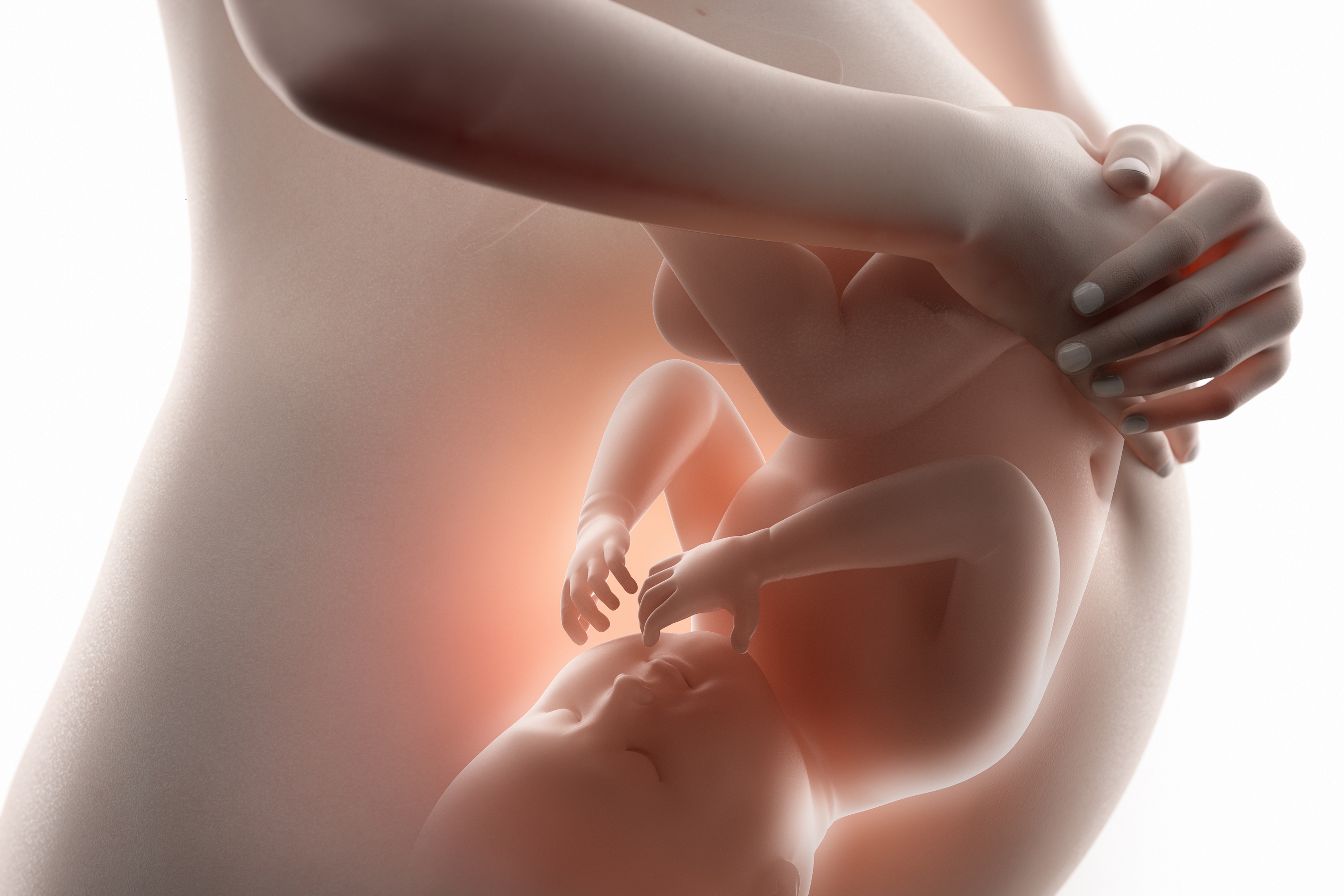
Medication during pregnancy and breastfeeding
How is medication for bipolar disorder during pregnancy and breastfeeding important? Medication use during pregnancy requires careful consideration of the mother’s risk of illness relapse against the risk of harm or complications for the developing infant if medication is to be continued. What is the evidence for medication use during pregnancy and breastfeeding in women with bipolar disorder? Moderate quality evidence finds lithium use during pregnancy was associated with small increased risks of any congenital anomaly, cardiac congenital anomalies, and a medium-sized risk of more spontaneous abortion compared to no lithium use. Note that the findings for cardiac congenital anomalies…

Medication for aggression and agitation
How are treatments for aggression and agitation relevant to bipolar disorder? Agitation and/or aggression are sometimes observed during a psychiatric emergency such as in onset of acute psychosis. Agitation typically includes irritability and restlessness, motor or verbal hyperactivity, uncooperativeness, and occasionally aggressive gestures or behaviour. This can pose a risk both to the individual, as well as the attending health care professionals, and so is important to manage this behaviour and prevent potential harm. What is the evidence for treatments for aggression and agitation? Moderate to low quality evidence suggests intramuscular olanzapine (10mg x 2 doses + 5mg x 1…
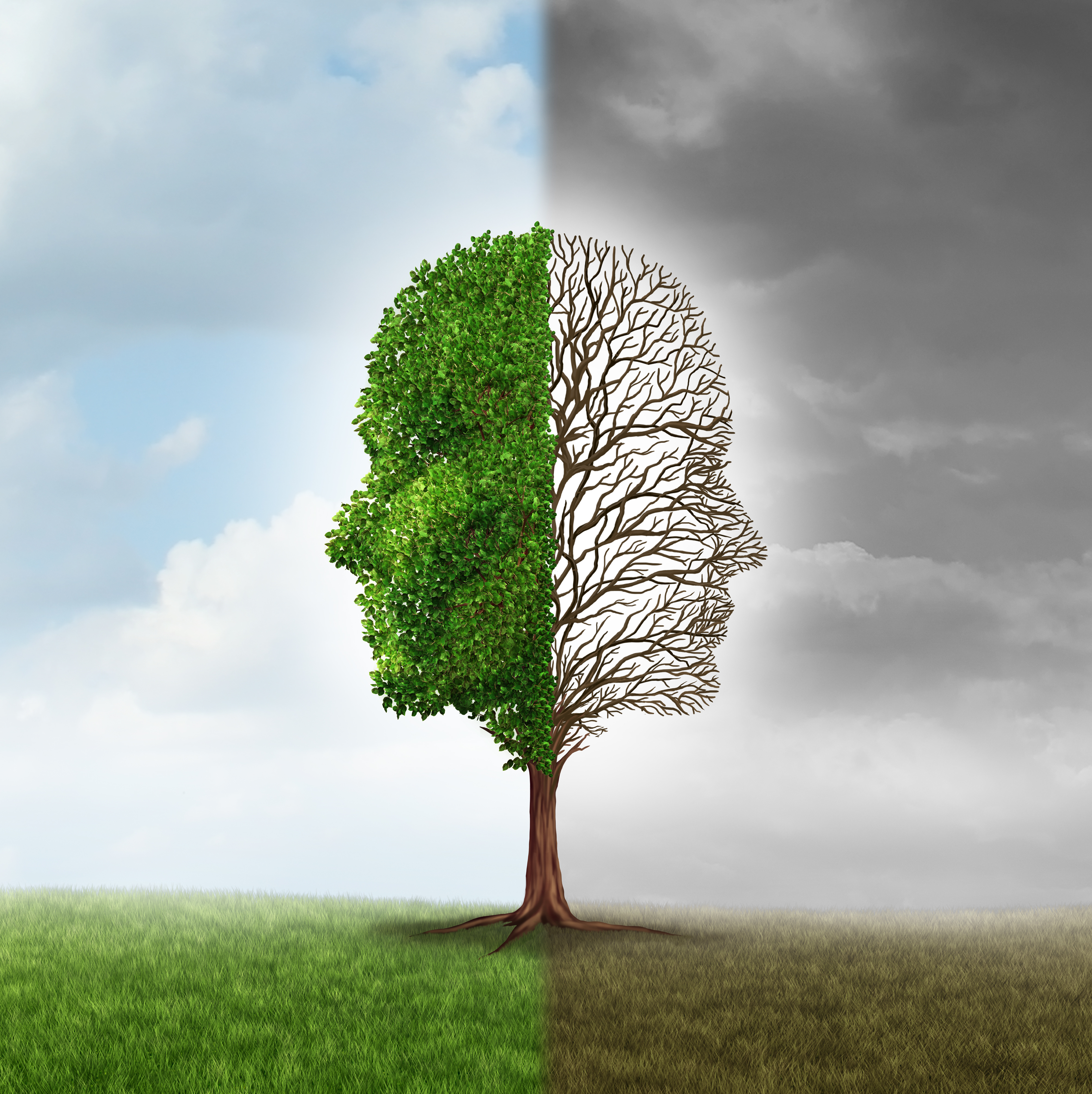
Medication for bipolar II disorder
What is bipolar II disorder? Bipolar II disorder is a common, recurrent, and disabling psychiatric illness. The lifetime incidence ranges from 1% to 11% depending on the method of diagnosis. DSM-IV defines bipolar II disorder as a lifetime history of at least one episode of major depression plus at least one episode of hypomania. By definition, individuals with bipolar II disorder never experience full-blown mania, unlike those with a diagnosis of bipolar I disorder. Bipolar II disorder is characterised by multiple and often protracted depressive episodes and a lower probability of returning to premorbid levels of functioning between episodes. What…

Medication for bipolar versus unipolar depression
How are bipolar and unipolar depression different? Bipolar disorders are a group of disorders characterised by episodes of depression and mania or hypomania. Bipolar disorders described in the DSM-5 (Diagnostic and Statistical Manual of Mental Disorders, version 5) include bipolar I disorder involving severe depression and mania, bipolar II disorder involving depression and hypomania (less severe mania), and cyclothymic disorder involving many mood swings, with hypomania and depressive symptoms occurring often and fairly constantly. Major depressive disorder characterised in the DSM-5 involves five (or more) of the following symptoms to be present and represent a change from previous functioning. At…

Medication for children
What is childhood bipolar disorder? Bipolar disorder is a chronic psychiatric illness that can have devastating effects on individuals and their families. It is the sixth leading cause of disability worldwide, with prevalence estimated to be around 1% in the general adult population. The age of onset of bipolar disorder typically occurs during early adulthood, although onset can occur in childhood or adolescence. Bipolar disorder in childhood and adolescence is commonly associated with impairment in multiple domains, including increased risk of psychiatric hospitalisation, antisocial behaviour, addictions, and suicidal behaviour. There is a need to optimise treatments for childhood patients for…
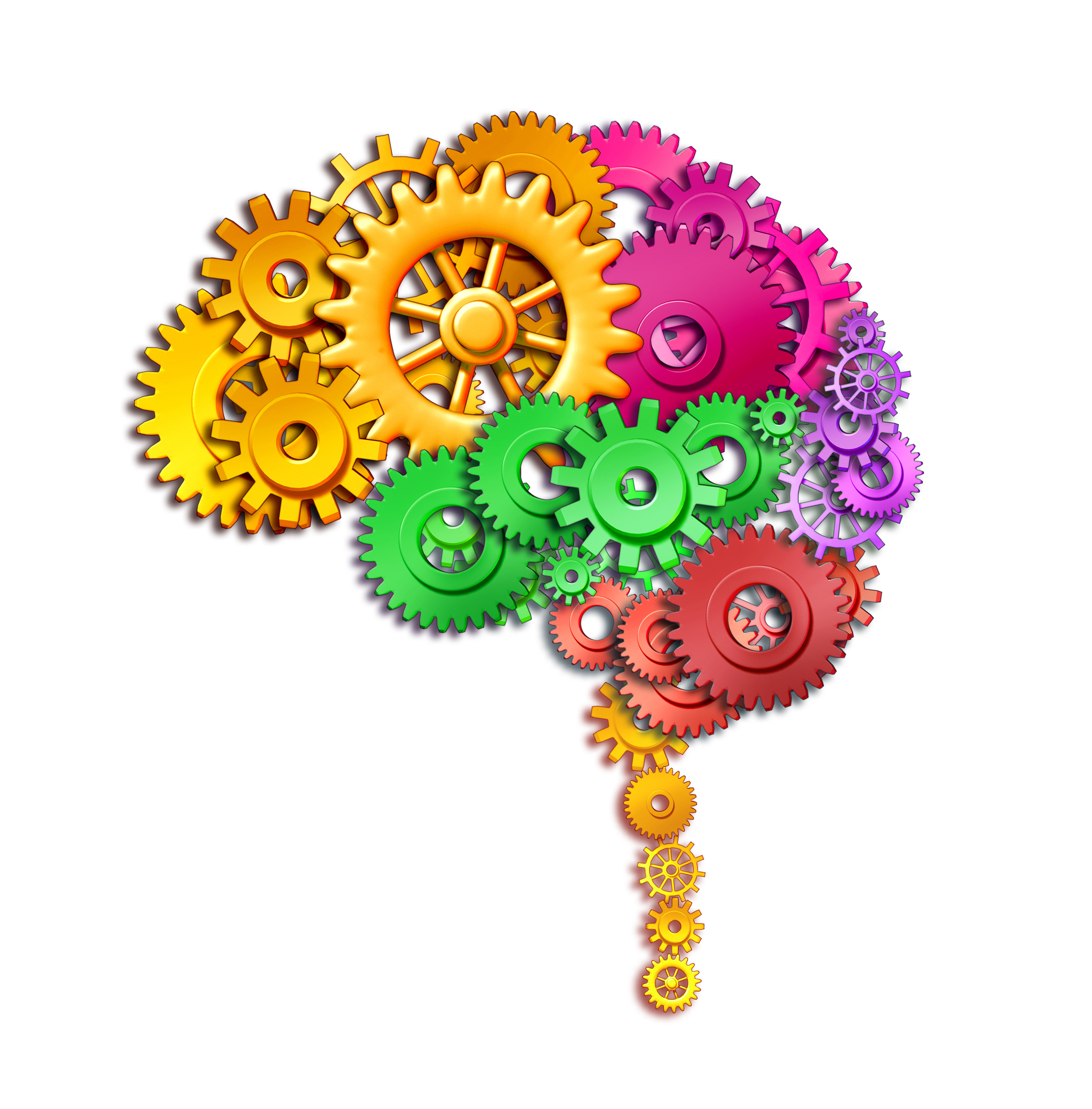
Medication for cognitive symptoms
What are cognitive symptoms of bipolar disorder? Cognitive symptoms in people with bipolar disorder may be apparent in many cognitive domains, including executive function, memory, and attention, and may develop prior to the core mood symptoms of bipolar. Cognitive symptoms are highly disabling and may predict poor functional outcomes What is the evidence for pharmaceutical treatments for cognitive symptoms? Low quality evidence is unclear of the benefits of pharmaceutical treatments for cognition in people with bipolar disorder. Review authors conclude that the findings are disappointing due to study methodological issues. November 2021 Image: ©freshidea – Fotolia – stock.adobe.com
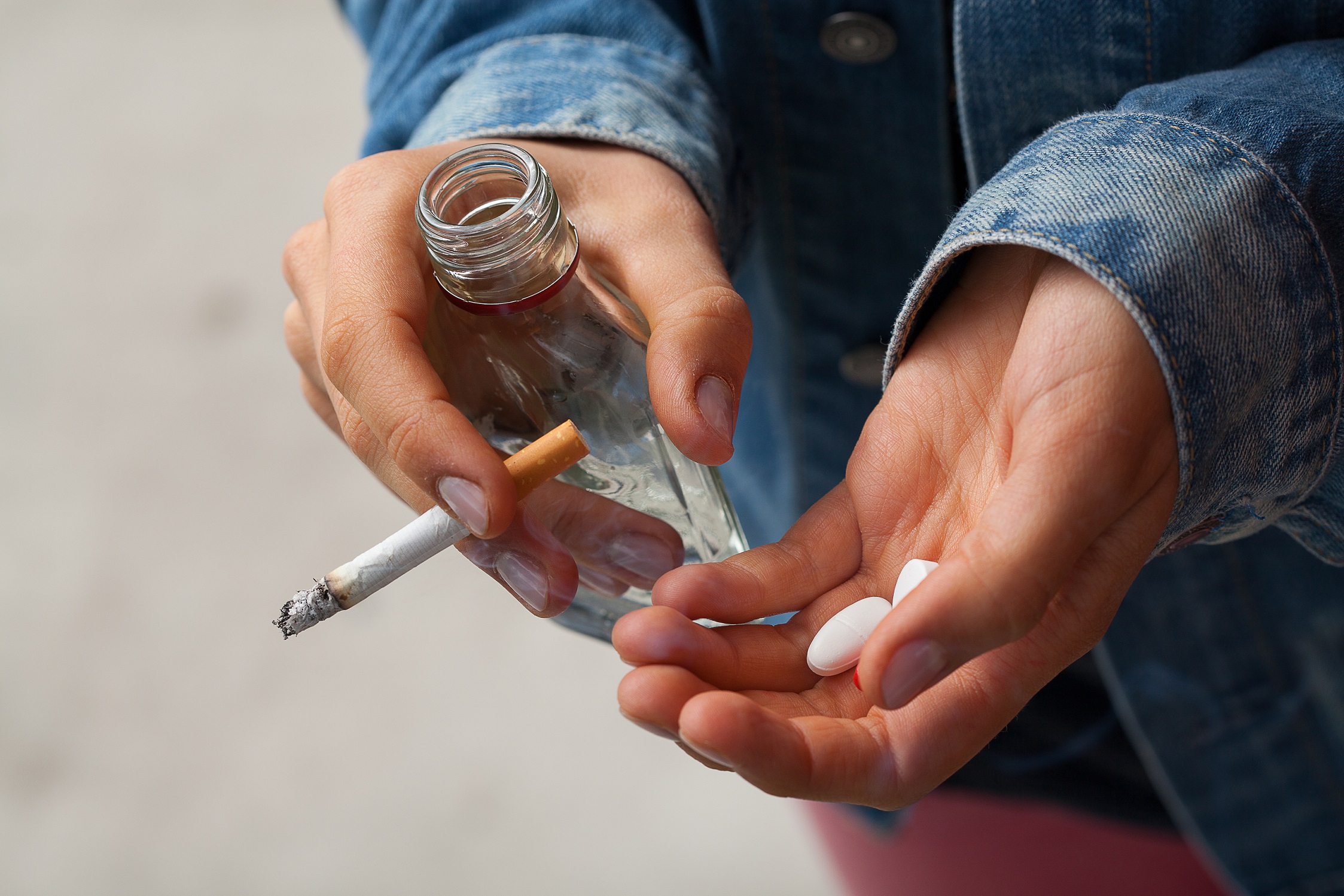
Medication for dual diagnosis
What is dual diagnosis in bipolar disorder? Several treatments have been targeted to people with ‘dual diagnosis’, which is having both a psychiatric disorder and a substance use disorder. Studies investigate the availability and effectiveness of treatments for either diagnosis, including symptom severity, substance use, social functioning, quality of life, and also, cognition. What is the evidence for treatments for dual diagnosis? Moderate to high quality evidence quetiapine significantly improved manic symptoms, but not depression symptoms compared to placebo. There were no effects for mania or depression of mood stabilisers, citicoline, or acamprosate compared to placebo. Lower quality evidence from…
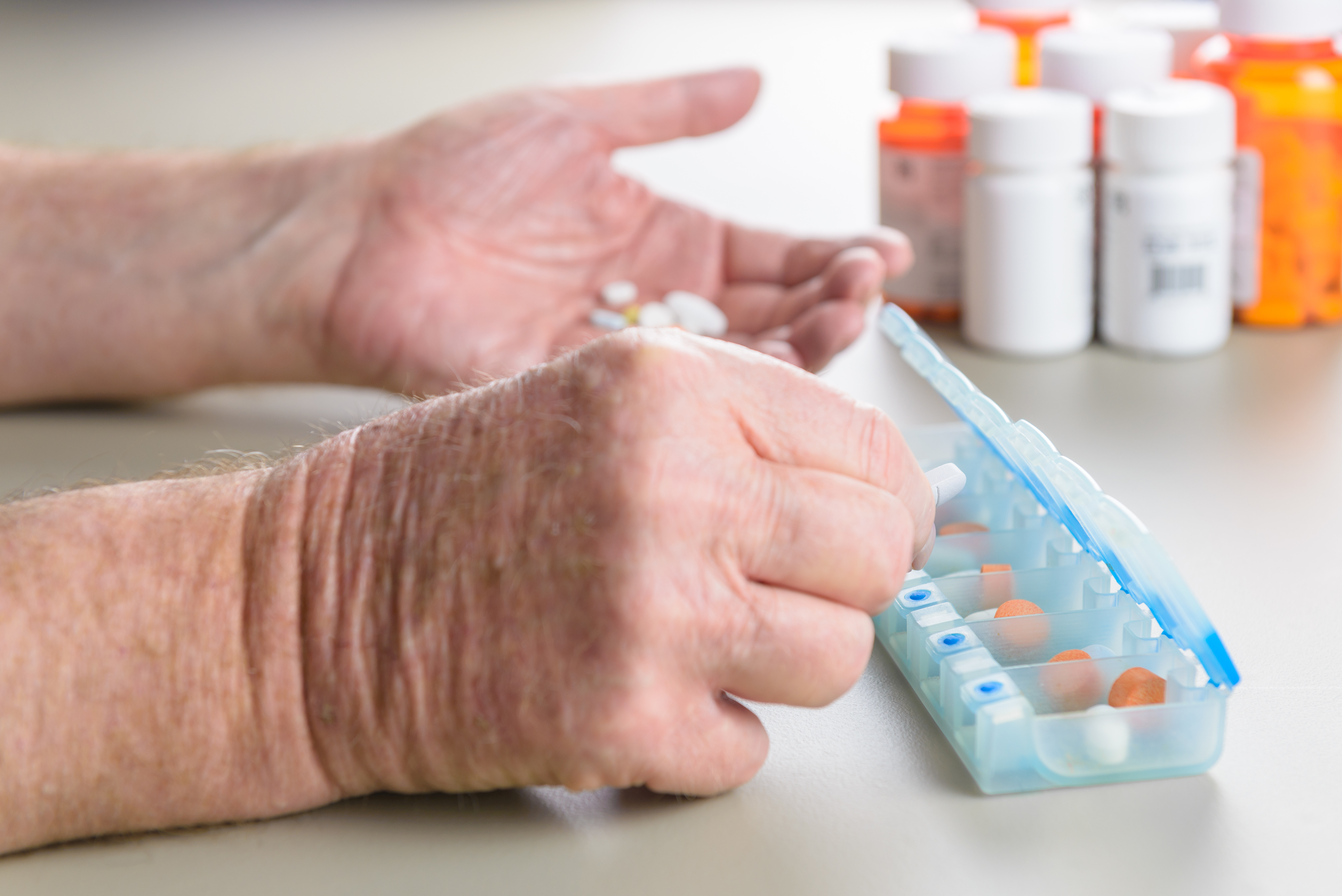
Medication for elderly people
What is the evidence on bipolar disorder in older patients? The prevalence of mania among 65-year-olds ranges from 0.1% to 0.4%. Older people with bipolar disorder constitute between 5 and 20% of patients presenting for acute treatment at geriatric psychiatry services. Although the psychopathologic manifestations of mania are similar in older and younger patients, response to treatment can be extremely variable and the disorder has a greater impact and higher mortality rate in elderly patients than in younger patients. What is the evidence for treatments for older people with bipolar disorder? Moderate to low quality evidence suggests lithium may be…

Medication for first-episode bipolar disorder
We have not found any systematic reviews on this topic that meet the inclusion criteria. Pending enough primary studies, we invite reviews on this topic to be conducted. Alternatively, we will endeavour to conduct our own review to fill this gap in the Library. November 2021 Image: ©designer491 – stock.adobe.com

Medication for high-risk groups
What is high risk for bipolar disorder? People deemed at high risk for bipolar disorder can be identified by having a family history of a mood disorder and/or having subclinical symptoms that are not severe enough for a diagnosis. Subclinical symptoms include depression, difficulty with concentration, episodic mood swings, anxiety, sleep disturbances, and sensitivity to stress. Familial risk accompanied by mood dysregulation or other mood symptomatology could help define the population at high risk of bipolar disorder. Early intervention involves identifying and treating these high-risk individuals as repeated mood episodes put people at risk of poor symptomatic and functional recovery….
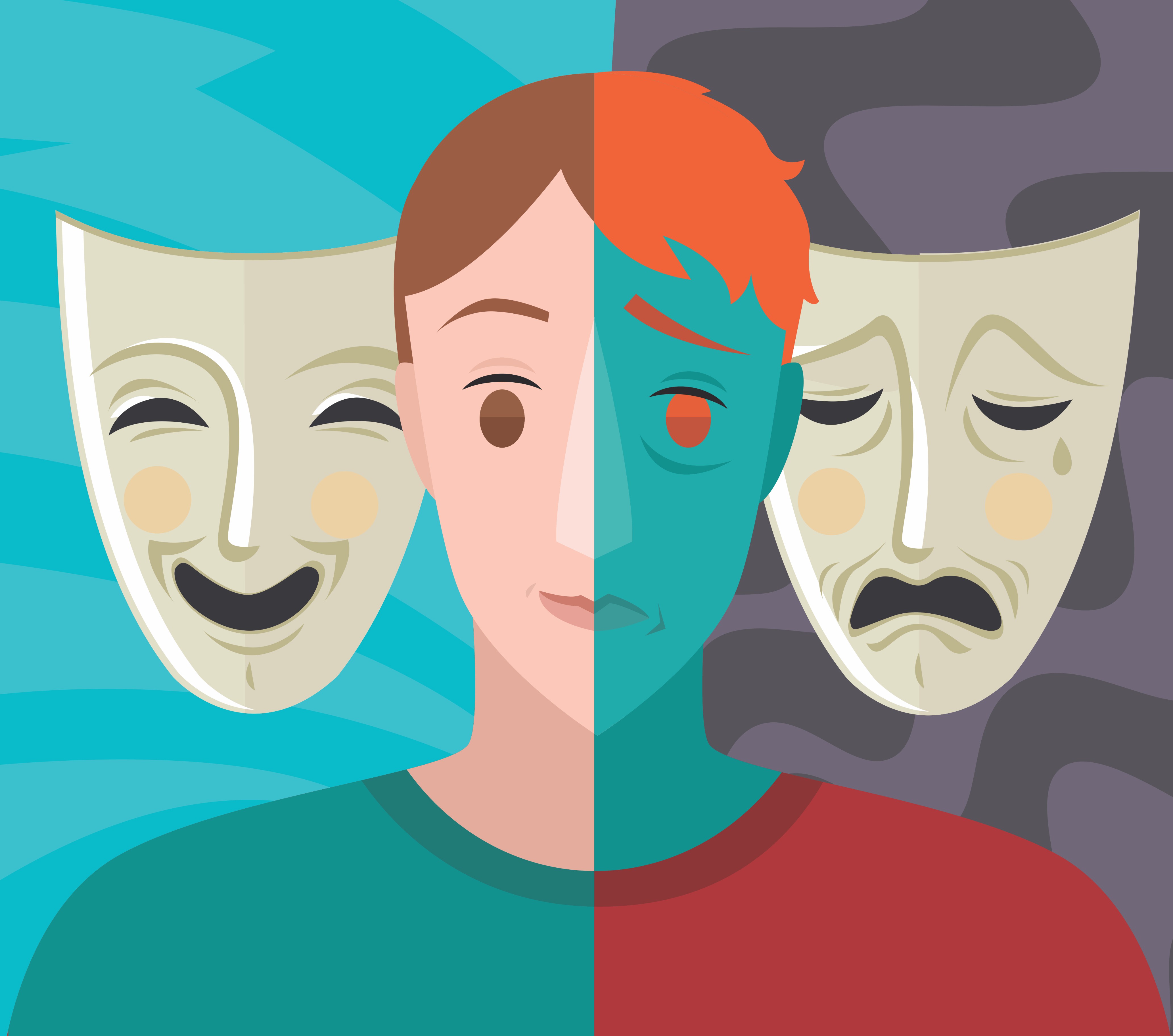
Medication for mixed states
What are mixed states in bipolar disorder? Bipolar disorders are a group of disorders characterised by episodes of mania or hypomania and depression. Concurrent ‘mixed’ episodes of both mania and depression can also be present. For a mixed episode, the latest Diagnostic and Statistical Manual of Mental Disorders (DSM-5) states a requirement of at least three manic/hypomanic symptoms (e.g. elevated mood, inflated self-esteem, decreased sleep, increased energy) occurring nearly every day during a major depressive episode. Alternatively, the presence of at least three symptoms of depression (e.g. depressed mood, diminished interest or pleasure, slowed physical and emotional reaction, fatigue or…
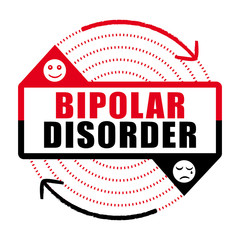
Medication for rapid cycling
What is rapid cycling in bipolar disorder? Rapid cycling refers to the presence of four or more discrete mood episodes (mania, hypomania, depression, or mixed) during a one-year period. Studies have suggested that rapid mood cycling is more frequent in women than in men, and has been associated with hypothyroidism and bipolar II disorder (hypomania rather than mania). It is also associated with longer illness duration, greater illness severity, and worse global functioning. What is the evidence for pharmaceutical treatments for rapid cycling? Moderate to low quality evidence suggests the antipsychotics olanzapine, quetiapine, and aripiprazole, and the anticonvulsants divalproex and…
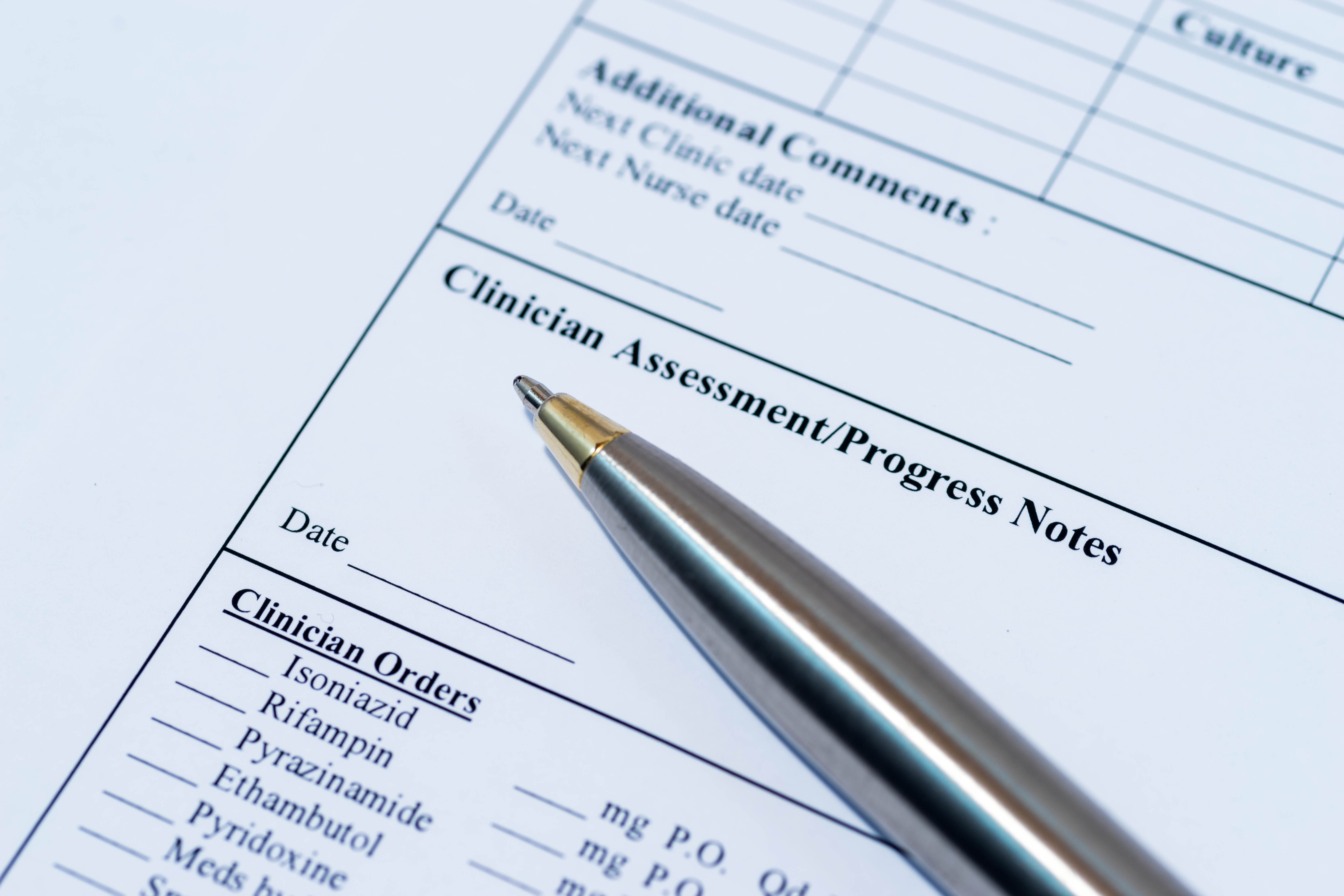
Medication for relapse prevention
How are medications related to relapse? Bipolar disorder is a disabling condition characterised by episodes of mania or hypomania and depression. Adherence to pharmacological treatment is critical for effective control of symptoms and to prevent relapse. What is the evidence for pharmaceutical treatments for relapse prevention? Overall, moderate to high quality evidence finds maintaining antipsychotic or mood stabiliser treatment is associated with fewer relapses than discontinuing antipsychotic or mood stabiliser treatment. Medications compared to placebo Moderate quality evidence finds the following medications reduced overall relapse rates more than placebo (in descending order of effectiveness); asenapine, aripiprazole + valproate, lithium +…
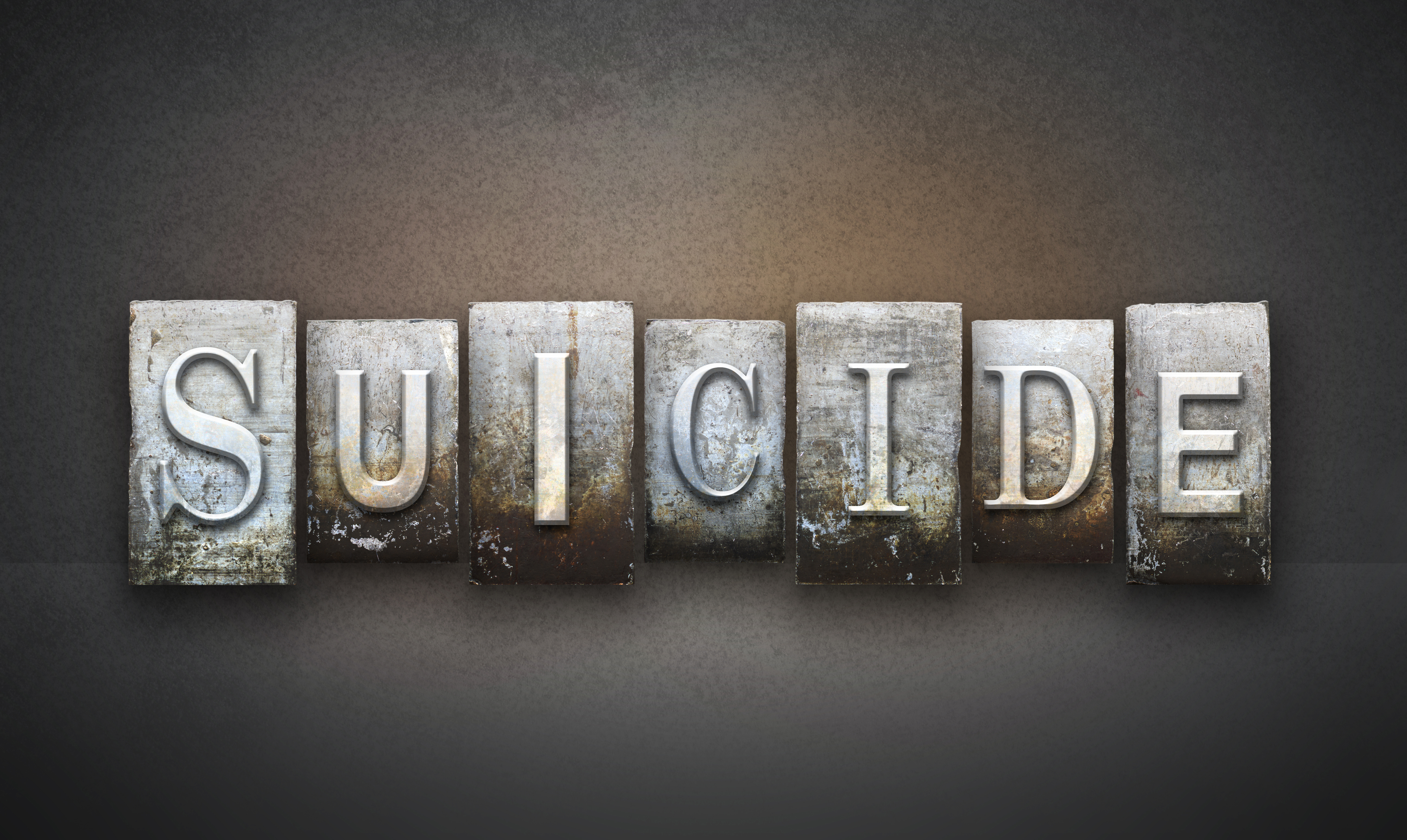
Medication for suicide and self-harm prevention
How are suicide and self-harm relevant to people with bipolar disorder? Rates of suicide or self-harm are considerably higher in people with mental disorders compared to people without a mental disorder. There has been much research dedicated to determining potential risk factors for suicide, which may have clinically important applications for prevention. Many of the important risk factors for suicide in the general population can apply to people with mental disorders, including having depression and/or a history of previous suicide attempts. What is the evidence for treatments for suicide and self-harm? Moderate to high quality evidence suggests self-harm may be…

Medication for treatment resistance
What is treatment resistance in bipolar disorder? Bipolar disorder is a persistent, episodic, and debilitating condition associated with recurring episodes of mania, hypomania, depression, and mixed manic-depressive states. These symptoms can lead to severe functional impairment, substance abuse, and suicidal behaviour. Treatment guidelines advocate the use of individual medications, with multiple medications indicated when a patient relapses on maintenance treatment. Unsatisfactory response to therapies is common in bipolar disorder, particularly during depressive episodes. Hence, there is a need to study medications that specifically target people with treatment resistance. What is the evidence for medication for treatment resistance? Moderate quality evidence…
Green - Topic summary is available.
Orange - Topic summary is being compiled.
Red - Topic summary has no current systematic review available.
